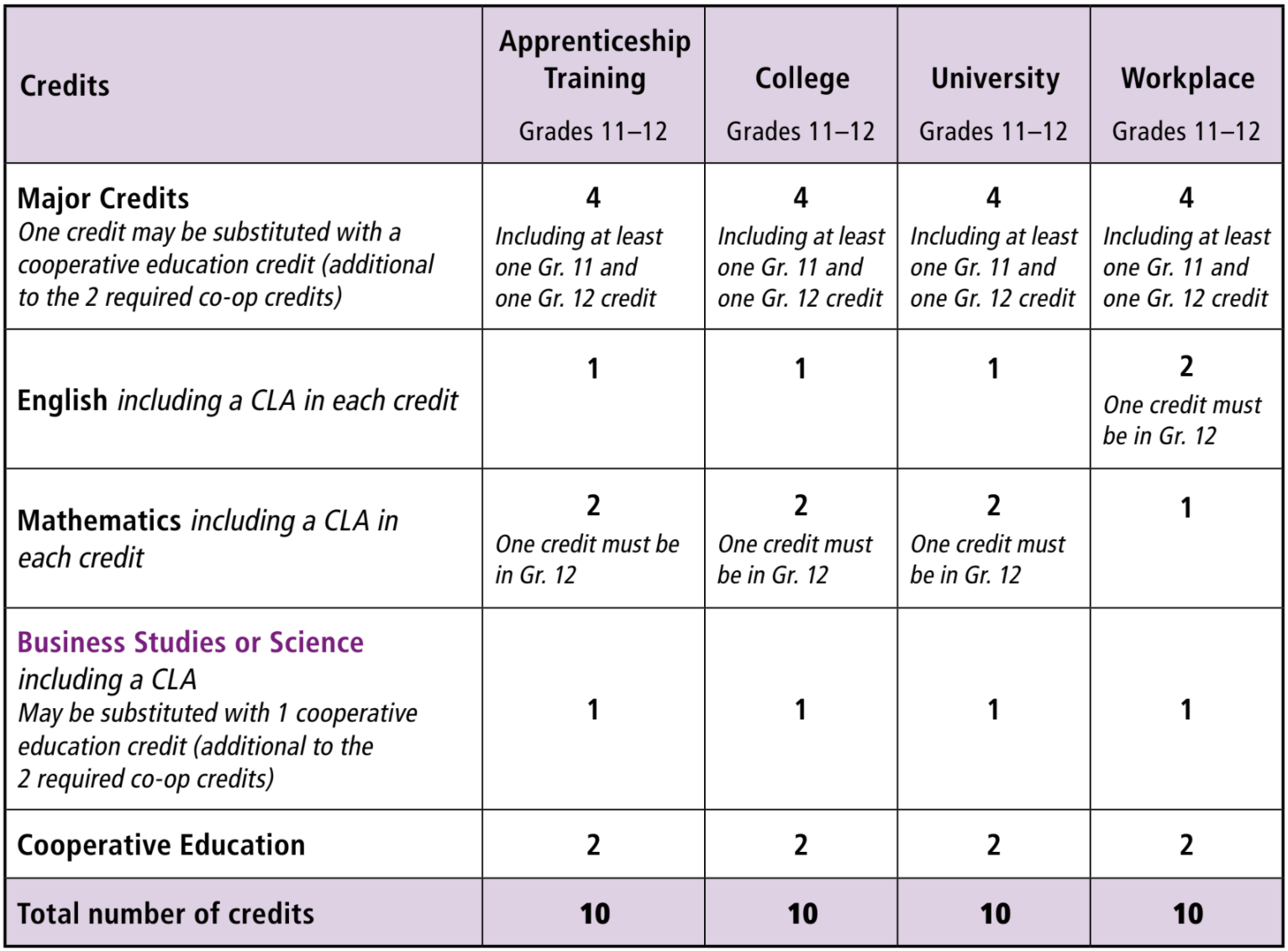According to the Ontario Construction Secretariat, the construction industry is one of Ontario’s largest employers. There are four categories of work in the construction industry. Each requires the use of different equipment and workers with a variety of skills. Depending on the career chosen, a graduate could work in any or all of these categories:
- new home building and renovation, including building, remodelling, or renovating houses and apartment buildings
- heavy industrial construction, including building industrial facilities such as cement, automotive, chemical, or power plants, refineries, and oil-sands installations
- institutional and commercial construction, including building commercial and institutional buildings and structures such as stadiums, schools, hospitals, grain elevators, and swimming pools
- civil engineering construction, including engineering projects such as highways, dams, water and sewer lines, power and communication lines, and bridges.
The Construction, Engineering and Automotive SHSM enables students to build a foundation of sector-focused knowledge and skills before graduating and entering apprenticeship training, college, university, or an entry-level position in the workplace.
Construction, Engineering & Automotive SHSM Program Planner
Required SHSM Components:
1. A bundle of ten Grade 11 and Grade 12 credits

With proper planning, students can fulfill all OSSD graduation requirements, complete every SHSM component, and meet the entrance requirements for their desired post-secondary destinations, including college and university. Students are encouraged to complete their cooperative education credits in Grade 11 so that they can focus on taking credits required for college or university admission in Grade 12. Students may also consider taking “co-op” in summer school or night school.
2. Sector-recognized certifications and training
This SHSM sector requires students to complete five compulsory and three elective sector-recognized certifications.
3. Experiential learning and career exploration activities
Experiential learning and career exploration opportunities relevant to the sector might include the following:
- one-on-one observation of a cooperative education student at a placement in the arts and culture sector (an example of job twinning)
- a day-long observation of an artist (an example of job shadowing)
- a one- or two-week work experience with a member of an industry association or a professional in the sector (an example of work experience)
- participation in a local, provincial, or national competition focused on one of the arts
- attendance at a sector trade show, conference, symposium, or job fair
- a tour of a local theatre, museum, studio, or art gallery
4. Reach ahead experiences
Students are provided one or more reach ahead experiences – opportunities to take the next steps along their chosen pathway.
5. Sector-partnered experiences (SPEs)
Students engage with a sector partner and apply skills to gain insight into the relationship between this sector and ICE (innovation, creativity, and entrepreneurship), coding, and/or mathematical literacy.
Post-Secondary Scholarships for SHSM Students
